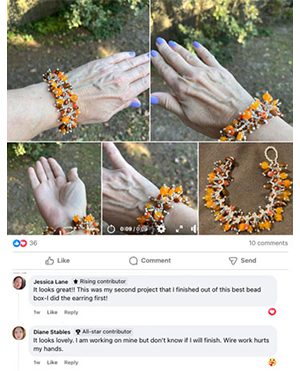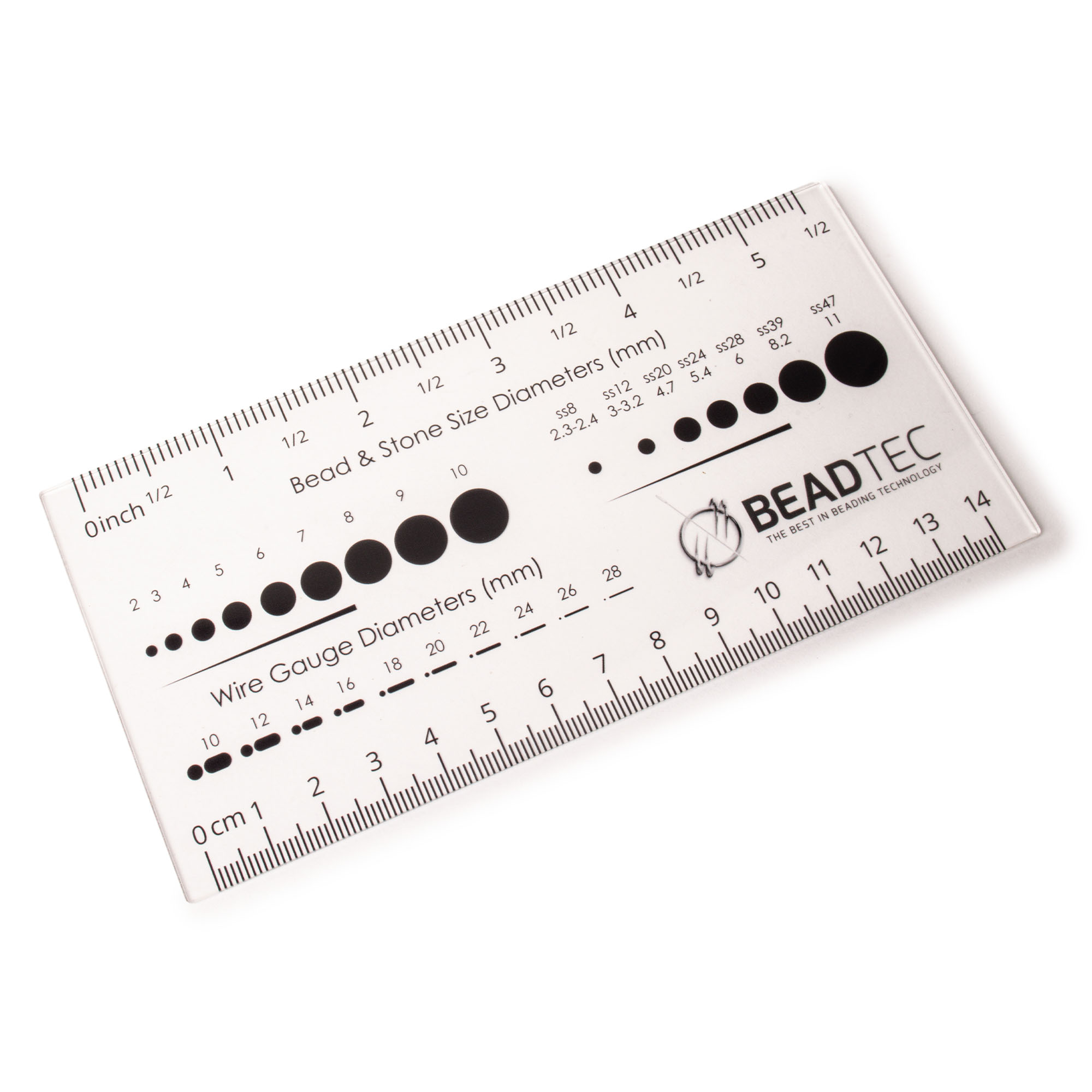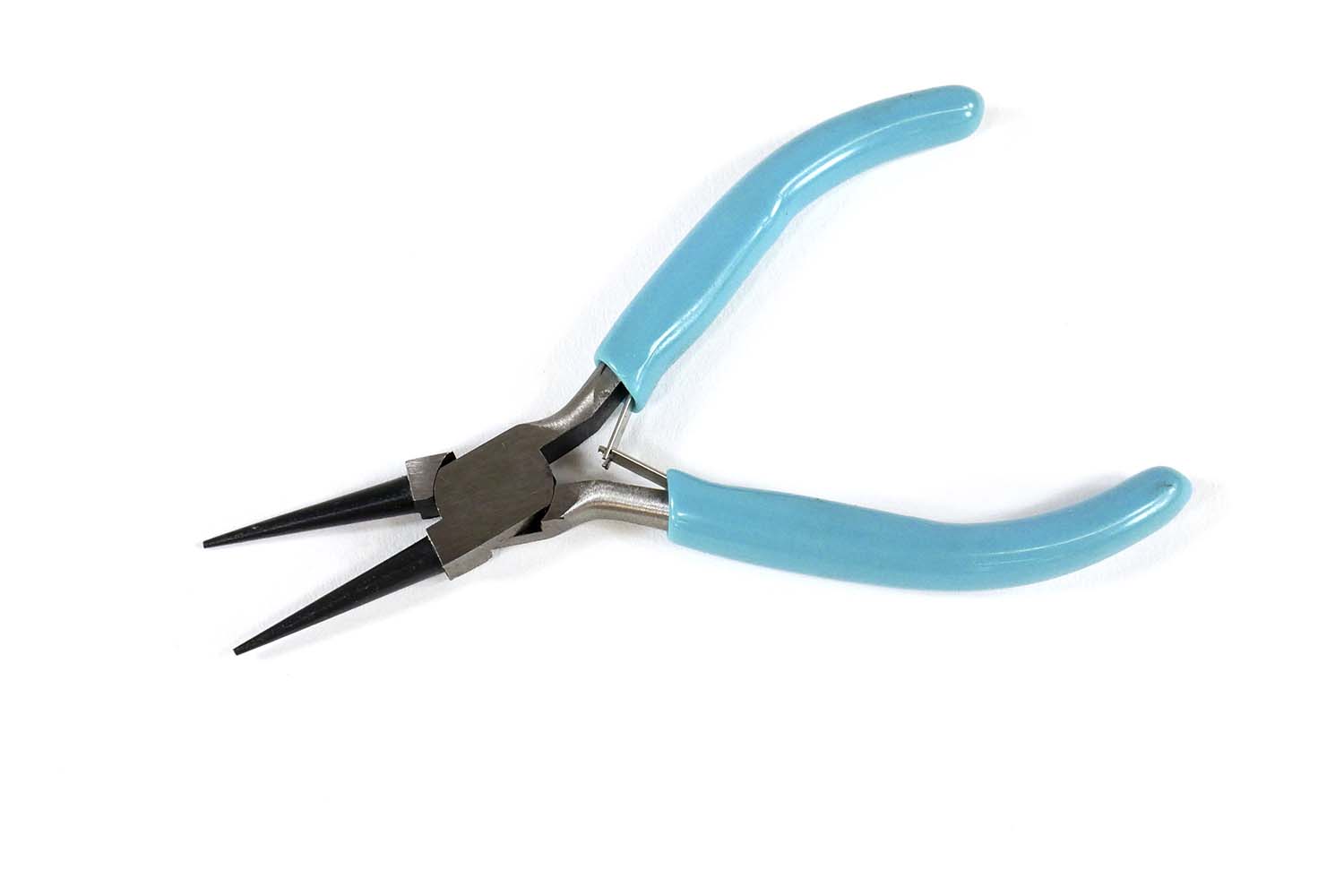- Jewelry-Making Supplies ▾
Design Jewelry with Confidence!
Seed Beads
Thread, Wire, & Stringing Materials
Athenacast Findings & Components
Everything Else
- Kits & Collections ▾
Assemble Your World
Kits & Collections
- Subscriptions ▾
Want monthly Beading Happiness?
Subscriptions
- Learn to Make ▾
Want to learn more?
- Discounts & Deals ▾
Explore Today's Promotions!
- Jewelry-Making Supplies
- Kits & Collections
- Subscriptions
- Learn to Make
- Discounts & Deals
-
Seed Beads
Thread, Wire, & Stringing Materials
Findings & Components
Everything Else
-
Kits & Collections
-
Subscriptions
- Home
- How to Make Jewelry
- Better Beader Episodes
- Defining Bead Shapes
Defining Bead Shapes

Watch the Video Tutorial
Watch the Video Tutorial
Need Any Extra Materials?
Need Any Extra Materials?
Need Any Extra Materials?
Need Any Extra Materials?
Episode Transcript
Episode Transcript
Introduction
In Better Beader Episode 30, Allie and Katelyn explore the fascinating world of bead shapes. Understanding the various shapes and sizes of beads is essential for any beading enthusiast, as it allows you to create unique and stunning jewelry pieces. In this article, we'll dive into the key takeaways from the episode and provide you with a comprehensive guide to defining bead shapes.
Bead Shape Categories
Beads come in a wide array of shapes, each with its own distinct characteristics and uses. The main categories of bead shapes discussed in the episode include:
- Rounds
- Cylinders
- Cubes
- Bicones
- Drops
- Daggers
- Discs
- Rondelles
- Lentils
- Teardrops
Rounds
Round beads are the most common and versatile shape. They come in various sizes, ranging from tiny seed beads to larger focal beads. Some key points about rounds:
- Seed beads are typically sized 6/0, 8/0, 11/0, and 15/0
- Druk beads are pressed glass rounds with larger holes
- Fire polished beads have faceted surfaces for added sparkle
Cylinders
Cylinder beads are elongated with flat ends, offering a more modern and geometric look. They work well in bead weaving and stringing projects. Notable cylinder beads include:
- Miyuki Delicas - uniform size and shape, perfect for intricate patterns
- Tohos - slightly more rounded than Delicas
- Magatamas - teardrop-shaped cylinders with one pointed end
Cubes
Cube beads add a contemporary, angular element to designs. They can be used alone or combined with other shapes for intriguing textures. Some popular cube beads are:
- Miyuki Cubes - precise, square shape
- Potomac Crystal Cubes - faceted for extra dimension
Bicones
Bicone beads are faceted on both ends, resembling two cones joined at their bases. They catch light beautifully and are often used in jewelry for added sparkle. Bicones are commonly found in sizes ranging from 2mm to 8mm.
Drops
Drop beads have a teardrop or briolette shape, with one rounded end and one pointed end. They add movement and elegance to earrings, necklaces, and fringe accents. Drops come in various sizes and materials, such as glass, crystal, and gemstones.
Customization Ideas & Inspiration
Experiment with different bead shapes to create unique and eye-catching designs. Consider these ideas:
- Mix and match shapes within a single piece for added visual interest
- Create gradients or ombré effects using different sizes of the same shape
- Use contrasting shapes, like rounds and cubes, for bold statements
- Incorporate shaped beads into your favorite stitches or patterns for a fresh twist
Conclusion
Understanding bead shapes is key to expanding your design possibilities and creating stunning, one-of-a-kind jewelry pieces. By familiarizing yourself with the various shapes and their characteristics, you'll be able to select the perfect beads for your projects and let your creativity shine. Happy beading!
Join Our Growing Community
Join Our Growing Community




Our Testimonials
Our Testimonials
- 55928 (83.7%)
- 4806 (11.4%)
- 3293 (4.1%)
- 229 (0.4%)
- 124 (0.3%)
- Favorite Reviews
- Highest to Lowest
- Newest to Oldest
- All Ratings
- 5 ★ Reviews
- 4 ★ Reviews
- 3 ★ Reviews
- 2 ★ Reviews
- 1 ★ Reviews
Loading...
Only Visible on Admin Mode
Item Description
Designer's Material List
Project Steps
Highest Quality
Products
100% Money
Back Guarantee
Fast
Shipping
Best Teaching &
Customer Service
You'll want these emails...
Get Free Projects & Inspiration
Get Free Projects & Inspiration
- Bullet 1
- Bullet 2
- Bullet 3
Copyright © PotomacBeads









